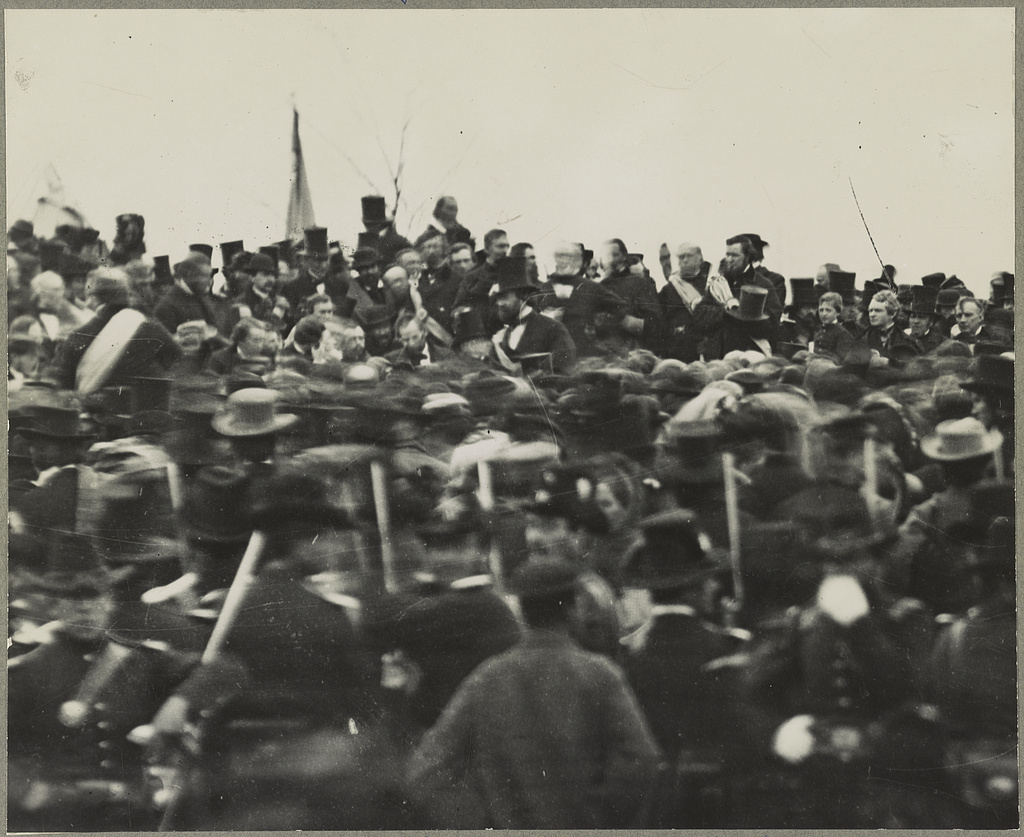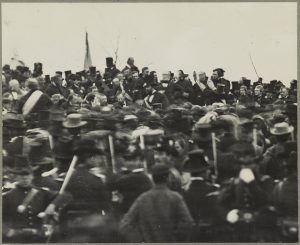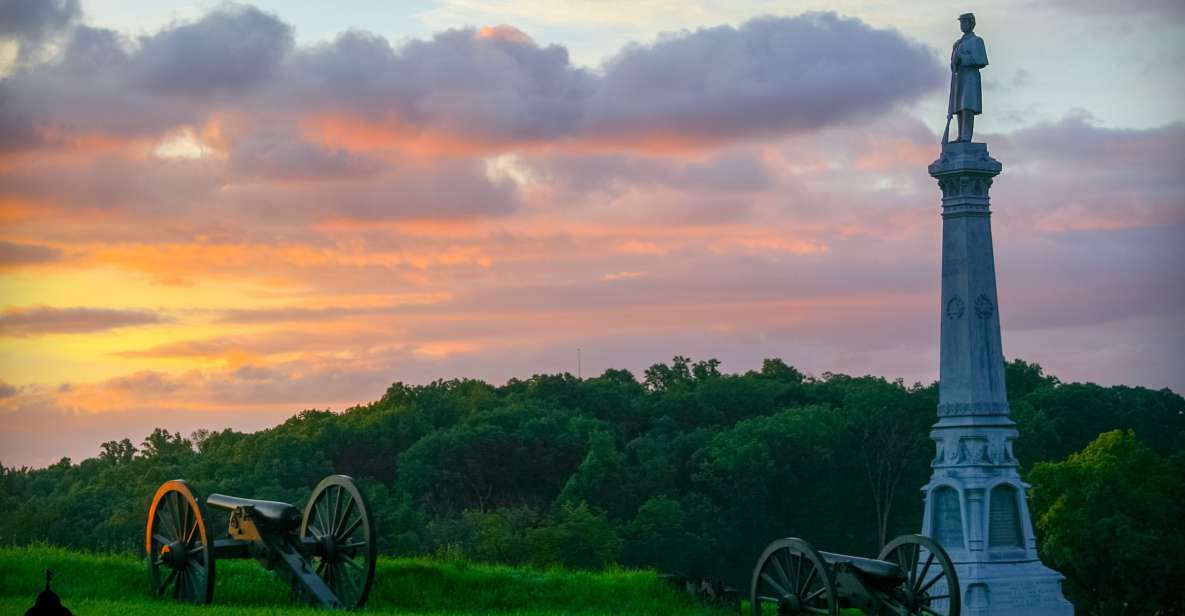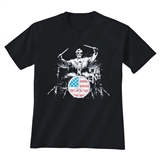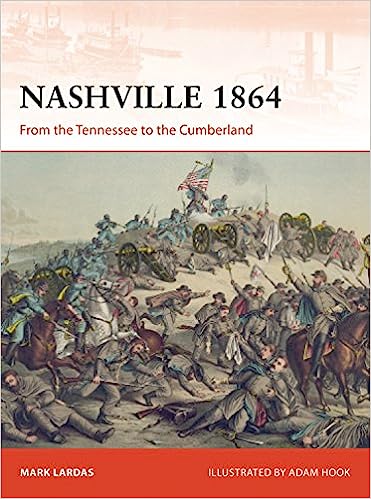
I want to thank my new sponsor OSPREY PUBLISHING for providing review copies of several of their books. Look for individual book reviews in the near future.
After over 50 years of publishing, the Osprey list now totals nearly 3,500 books and the central mission is unchanged. Osprey continues to bring together expert authors, illustrators and military-history enthusiasts by delivering the information readers need to increase their knowledge and to enrich their leisure or professional pursuits. Osprey’s enthusiasm for military history is balanced by an equal enthusiasm for excellent publishing.
Campaign Series

 Lardas, Mark (text) and Adam Hook (illustrations). Nashville 1864: From the Tennessee to the Cumberland (Campaign 314). New York: Osprey Publishing, 2017. 96 pages, maps, color and b/w photos, index. ISBN 9781472819826, $25.
Lardas, Mark (text) and Adam Hook (illustrations). Nashville 1864: From the Tennessee to the Cumberland (Campaign 314). New York: Osprey Publishing, 2017. 96 pages, maps, color and b/w photos, index. ISBN 9781472819826, $25.
In September 1864, the Confederate army abandoned Atlanta and were on the verge of being driven out of the critical state of Tennessee. In an attempt to regain the initiative, John Bell Hood launched an attack on Union General Sherman’s supply lines, before pushing north in an attempt to retake Tennessee’s capital—Nashville.
This fully illustrated book examines the three-month campaign that followed, one that confounded the expectations of both sides. Instead of fighting Sherman’s Union Army of the Tennessee, the Confederates found themselves fighting an older and more traditional enemy: the Army of the Cumberland. This was led by George R. Thomas, an unflappable general temperamentally different than either the mercurial Hood or Sherman. The resulting campaign was both critical and ignored, despite the fact that for eleven weeks the fate of the Civil War was held in the balance.
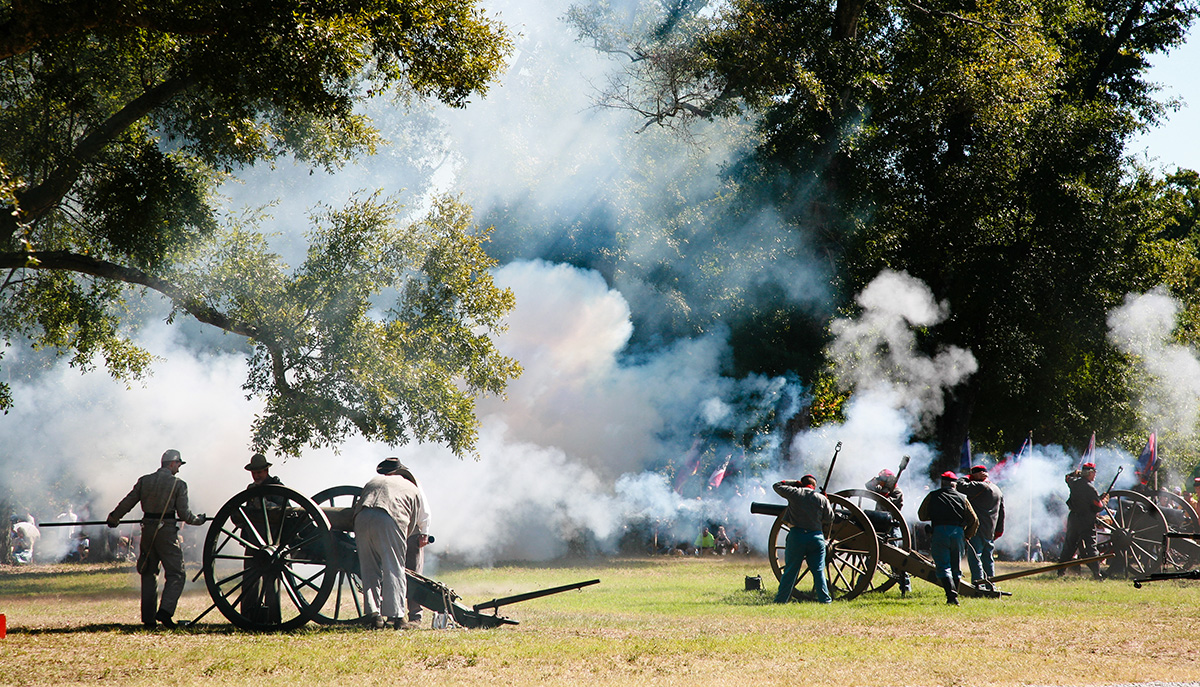 |
From visiting the battlefield of Franklin to the Carter House and Carnton Plantation, the Civil War historical tour offers an in-depth look into both the American Civil War and the prevailing culture of the Tennessee area during the mid 19th century. |

 Orr, Timothy (text) and Steve Noon (illustrations). The Battle of Gettysburg 1863 (1) The First Day (Campaign 374). New York: Osprey Publishing, 2022. 96 pages, maps, color and b/w photos, index. ISBN 9781472848499, $24.
Orr, Timothy (text) and Steve Noon (illustrations). The Battle of Gettysburg 1863 (1) The First Day (Campaign 374). New York: Osprey Publishing, 2022. 96 pages, maps, color and b/w photos, index. ISBN 9781472848499, $24.
This volume, the first of three to cover the battle in depth, also emphasizes the experience of combat as witnessed by the rank and file-the ‘face of battle’-to borrow John Keegan’s expression. Primary accounts from common soldiers remind readers that Gettysburg was-first and foremost-a soldier’s battle, full of raw emotion. This superbly detailed study explores the battle chronologically; but in cases where several actions occurred simultaneously, the chapters are partitioned according to key terrain features. Among the action covered is the morning cavalry skirmish, the morning clash at the Herbst’s wood lot and at the railroad cut, the afternoon clash at Oak Ridge, the afternoon fight at the Edward McPherson farm, the afternoon rout of the 11th Corps, the last stand of the 1st Corps at Seminary Ridge, the Union retreat through town, and the positions of the armies at nightfall.
Combat Series
During the American Civil War, the Union and the Confederacy both fielded units of sharpshooters. Sometimes equipped with firearms no better than those of their infantry brethren, they fought in a manner reminiscent of Napoleonic-era light infantry. Siege warfare placed a premium on marksmanship and the sharpshooter became indispensable as they could drive artillerymen from their guns. They could also become expert scouts and, for the Confederacy, impressive raiders–one raid netted almost 250 prisoners. Initially, Union marksmen enjoyed the upper hand, but as the Confederates began raising and training their own sharpshooters, they proved themselves as worthy opponents. In this study, Gary Yee, an expert in firearms of the period, assesses the role played by sharpshooters in three bloody clashes at the height of the American Civil War–the battle of Fredericksburg, the siege of Vicksburg, and the siege of Battery Wagner.

Weapons Series
At the outset of the American Civil War, the wealthy inventor and expert shot Hiram Berdan initiated the setting-up of sharpshooting units in the Union Army; these units would be tasked primarily with open-order skirmishing, but also with long-range, accurate shooting. Initially, it was envisaged that the M1855 Colt revolving rifle would be the weapon employed by these specialists. Available in .36, .44, and .56 caliber, the M1855 swiftly earned a poor reputation, however, as it was prone to a malfunction known as “chain fire,” in which powder in all the unfired chambers would be ignited, seriously injuring the shooter.

 Walter, John. Weapons of the Civil War Cavalryman (Weapons 75.) New York: Osprey Publishing, 2020. 80 pages, color and b/w photos, index, bibliography. ISBN 9781472842237, $22.
Walter, John. Weapons of the Civil War Cavalryman (Weapons 75.) New York: Osprey Publishing, 2020. 80 pages, color and b/w photos, index, bibliography. ISBN 9781472842237, $22.
During the American Civil War, the mounted soldiers fighting on both sides of the conflict carried a wide array of weapons, from sabers and lances to carbines, revolvers, and other firearms. Though some sections of the cavalry placed their trust in the sabre, the advent of viable breechloading carbines–especially repeaters such as the Spencer–was to transform warfare within little more than a decade of General Lee’s final surrender at Appomattox. However, output struggled to keep up with unprecedented demands on manufacturing technology and distribution in areas where communication was difficult and in states whose primary aim was to equip their own men rather than contribute to the arming of Federal or Confederate regiments. In addition, the almost unparalleled losses of men and equipment ensured that almost any firearm, effectual or not, was pressed into service. Consequently, the sheer variety of weaponry carried reflected the mounted soldiers’ various roles in different theaters of operation, but also the availability–or otherwise–of weapons, notably on the Confederate side.
Fully illustrated, this study assesses the effectiveness of the many different weapons arming the Civil War cavalryman and analyses the strengths and weaknesses of the decisions made after 1865 concerning the armament of the US cavalry.

Not Series Related

 MacGregor, Iain. U.S. Civil War: Battle by Battle. New York: Osprey Publishing, 2022. 128 pages, color illustrations, index. ISBN 9781472850119, $12.
MacGregor, Iain. U.S. Civil War: Battle by Battle. New York: Osprey Publishing, 2022. 128 pages, color illustrations, index. ISBN 9781472850119, $12.
The American Civil War was the most cataclysmic military struggle of the late 19th century, and in four bloody years of fighting from 1861 to 1865 over 620,000 American soldiers and sailors lost their lives in more than 8,000 battles, engagements, and skirmishes.
U.S. Civil War Battle by Battle tells the story of 30 of the most significant of these battles. These include some of the most famous clashes, such as the battles of Gettysburg and the Fredericksburg, which resonate through American military history, but also the less well known, such as the battles of Brandy Station and Cedar Creek.
This highly illustrated introduction, packed full of color artwork, covers every theater of the war and details infantry, cavalry, artillery, and seaborne units from both the Union and Confederate forces to give a true sense of the scale of the War between the States.
This post may contain affiliate links. If you click these links and make a purchase, I may receive a small commission. This commission does not affect any price that you pay. All views and opinions provided are my own and are never influenced by affiliate programs or sponsors providing products.
 Create your dream travel escape, or relive your adventures with beautiful push pin maps from CONQUEST MAPS.
Create your dream travel escape, or relive your adventures with beautiful push pin maps from CONQUEST MAPS.
…by providing products that inspire and encourage them to set, track, and achieve their travel goals, whatever they may be for each individual.
We believe that travel is one of the greatest sources of fulfillment in life.
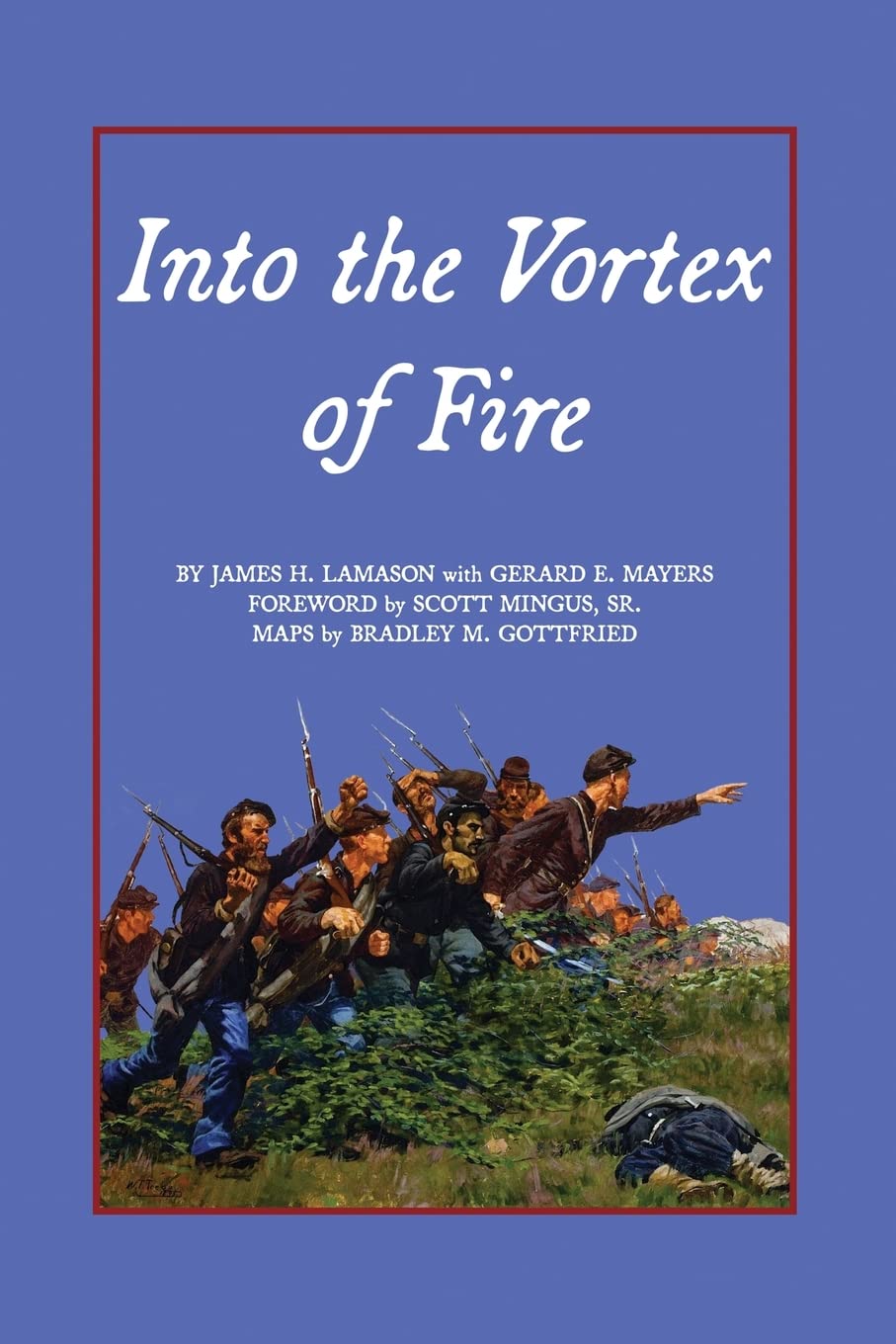
 Into the Vortex of Fire is a work of historic fiction written by James Lamason and Gerard Mayers. Published by Dorance Publishing, the book follows the actions of the 11th New Jersey Infantry and their participation in the Battle of Gettysburg.
Into the Vortex of Fire is a work of historic fiction written by James Lamason and Gerard Mayers. Published by Dorance Publishing, the book follows the actions of the 11th New Jersey Infantry and their participation in the Battle of Gettysburg.
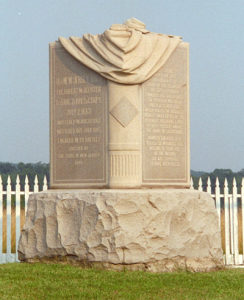


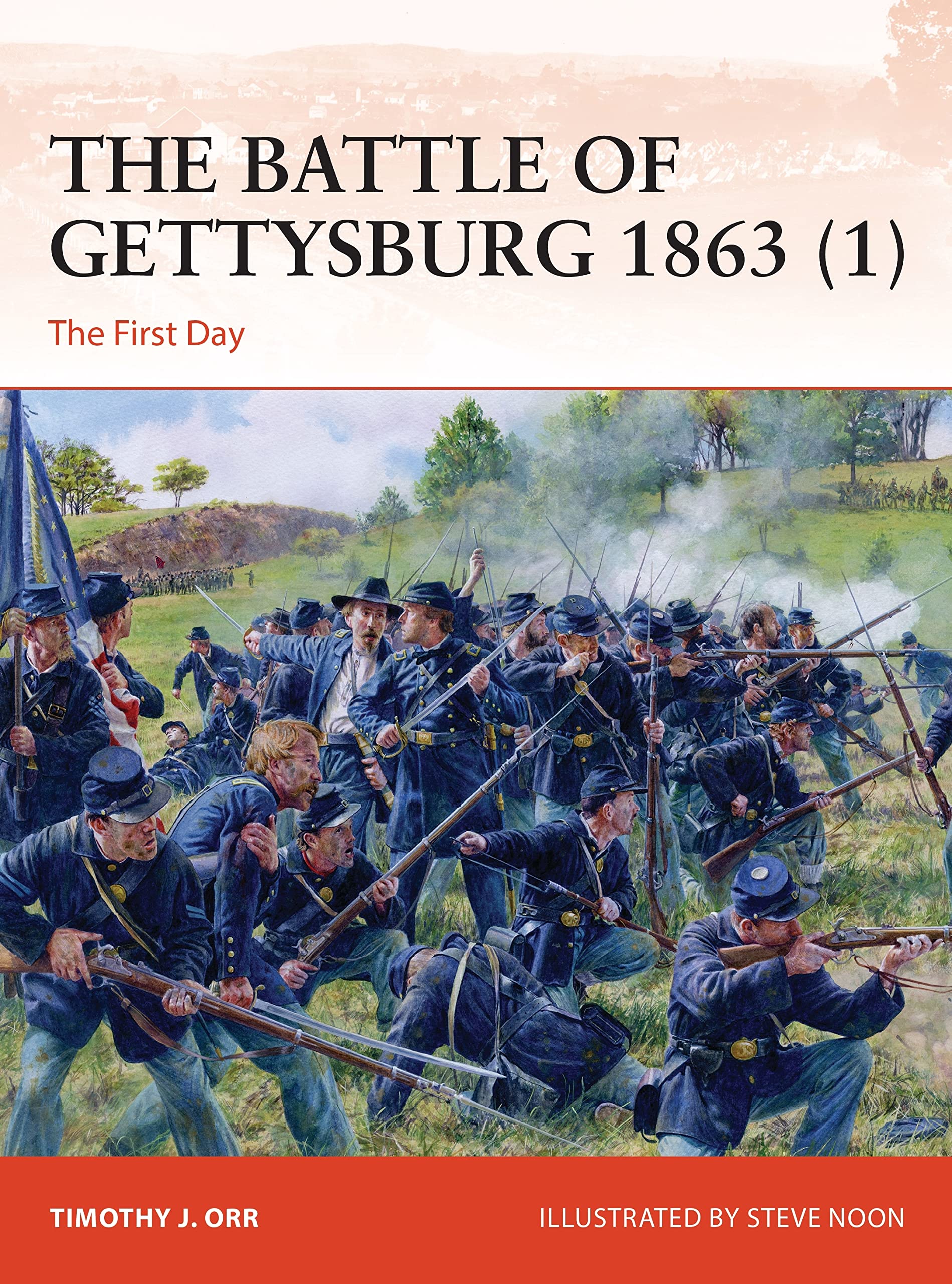
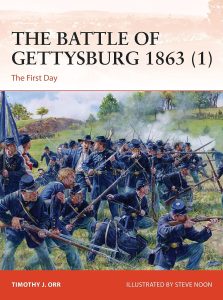
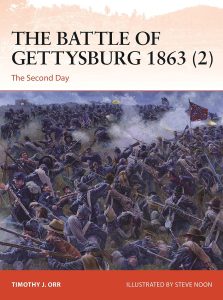



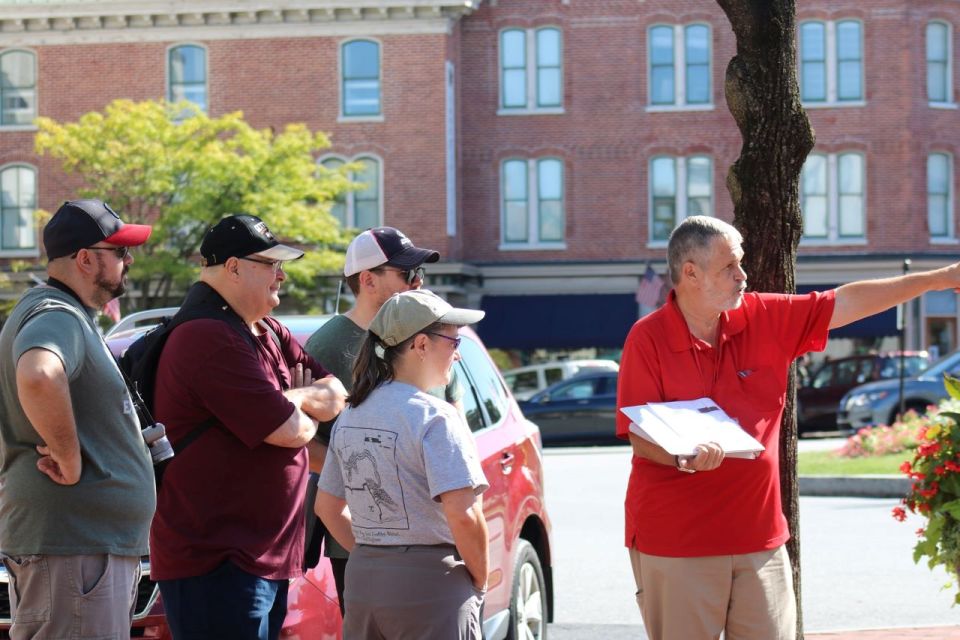










 Create your dream travel escape, or relive your adventures with beautiful push pin maps from
Create your dream travel escape, or relive your adventures with beautiful push pin maps from 